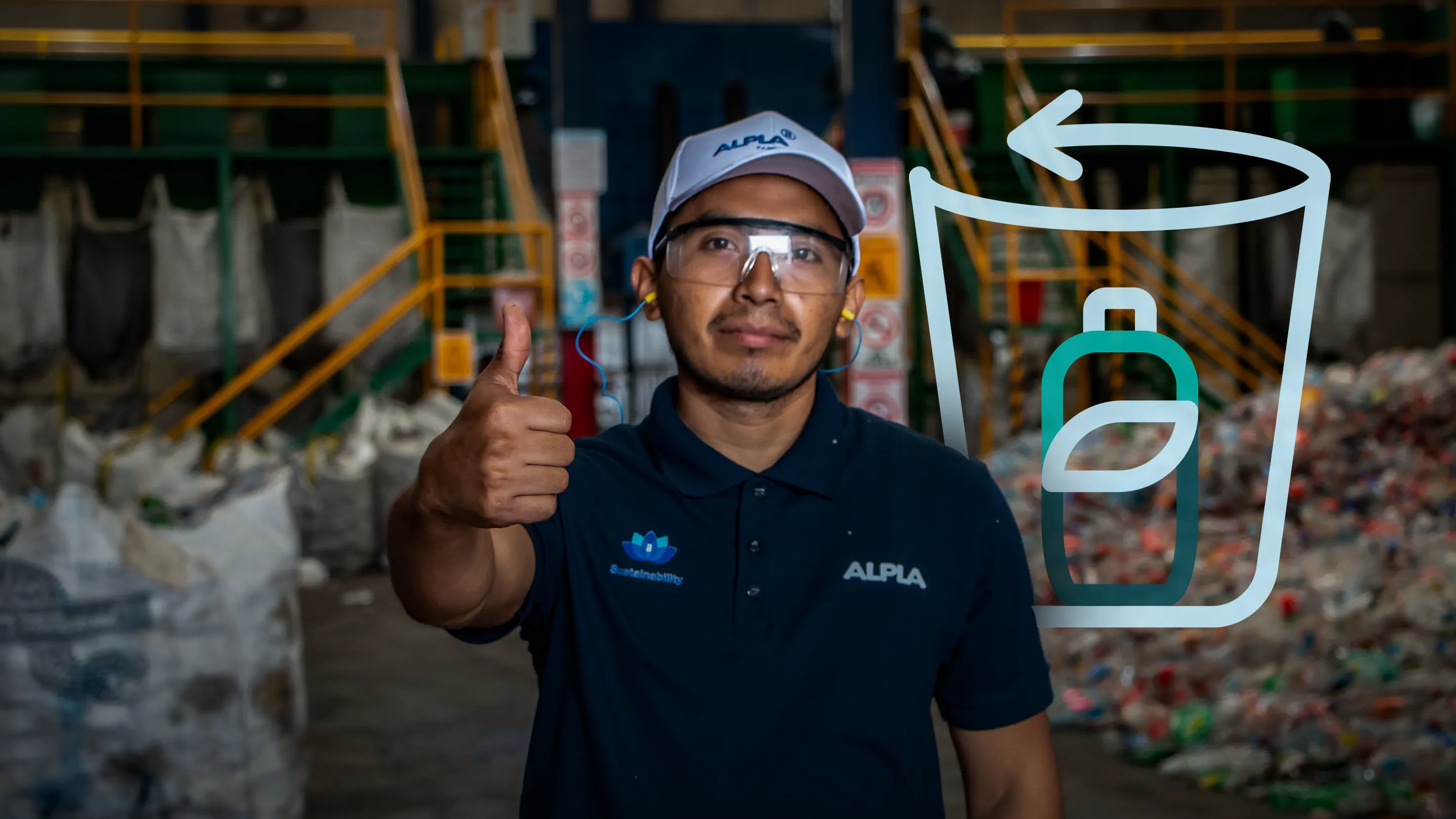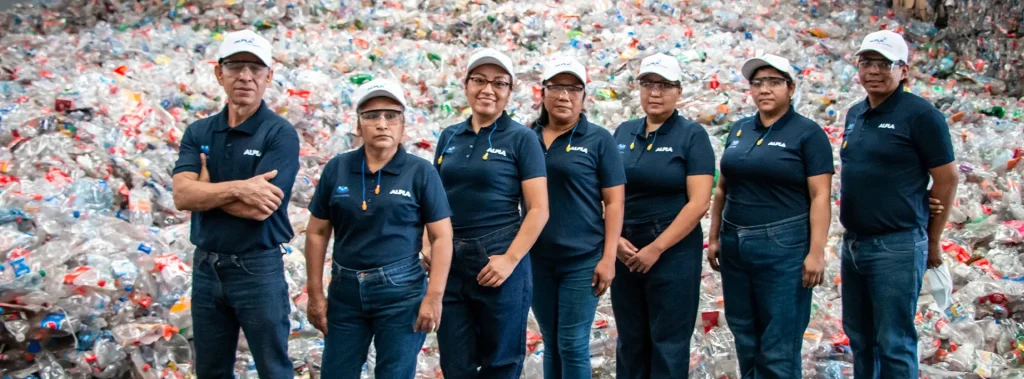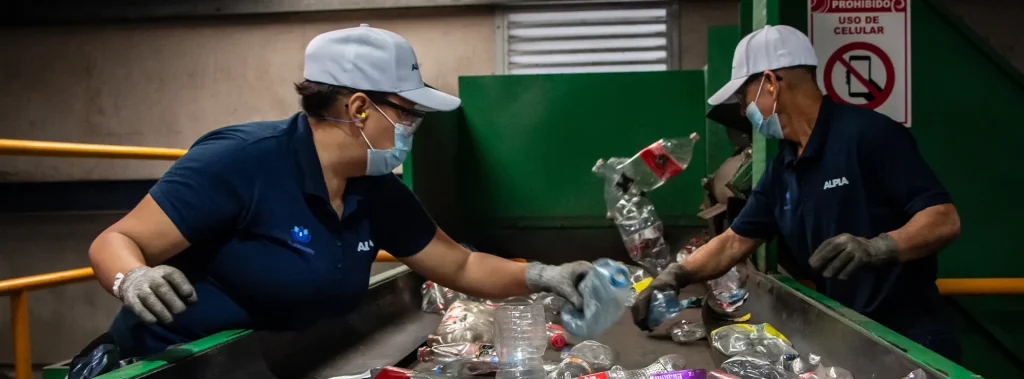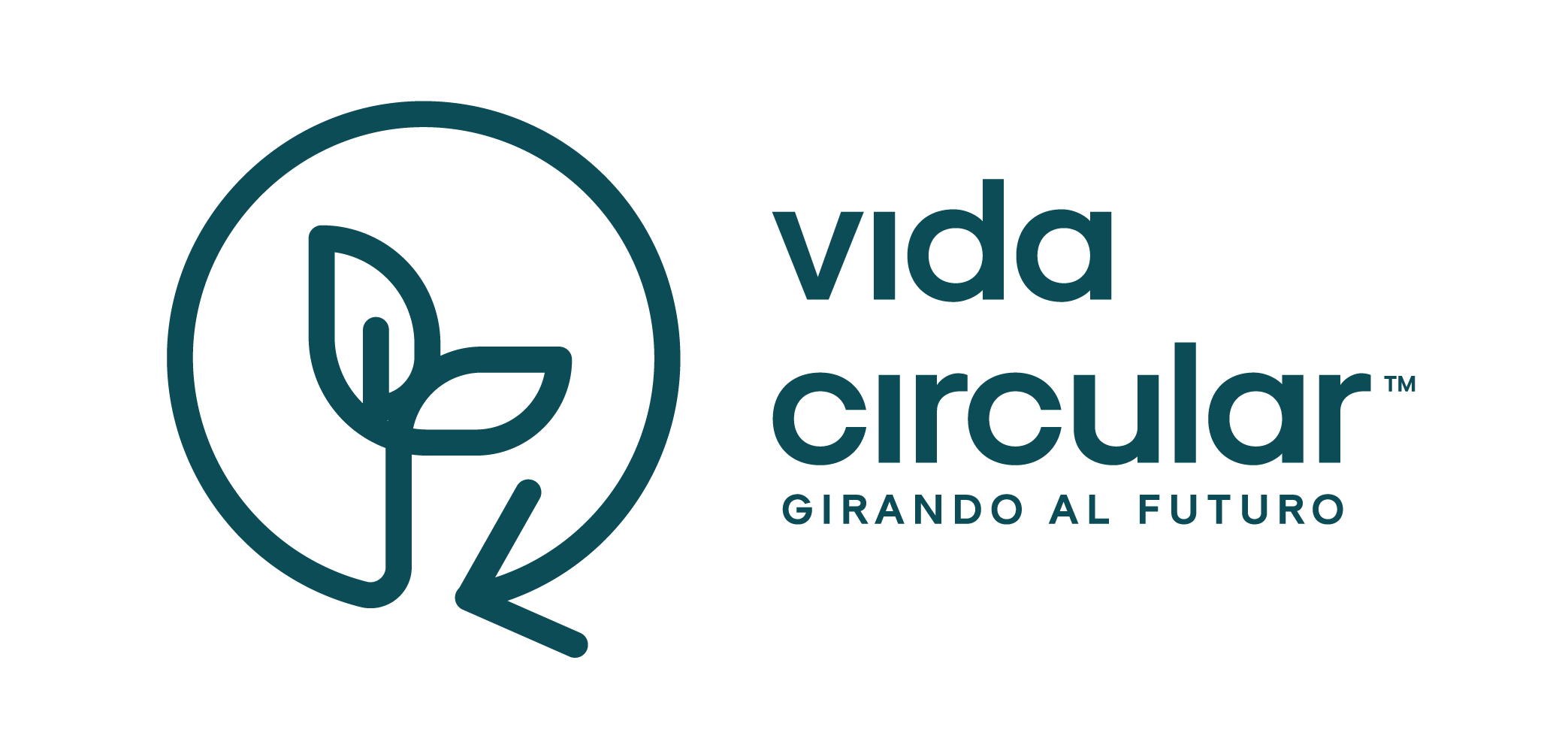
Waste recovery: what is it and what is it for?
What if the old could be new again? Look around you. I'm sure you have things you no longer use or consider junk. But have you ever wondered what would happen if those things could have a second chance? Here we are going to tell you a different story about those "wastes", a story where they can be the protagonists of a positive change for our world.
This blog is an invitation to open our eyes and see beyond the end we give to our waste. We are going to delve into the art of giving new value to what we throw away, showing you how what we throw away can be useful again. From your home kitchen to the largest industry, there is an opportunity to do things differently.
So, before you decide what to do with that thing you no longer want, stick with us. We promise that after reading this, you'll look at "trash" with different eyes. Get ready to change the way you look at what you throw away and discover how you can be part of a movement that is not only good for you, but for the entire planet.

Understanding waste recovery
Have you ever stopped to think about the second wind that the things we throw away could have? Think about it: every single thing that ends up in the trash, from your morning orange peel to yesterday's newspaper, doesn't have to be the end of the story. Here, let's unravel what waste recovery is all about and why we should all care.
Let's start with the basics: a waste is anything that we no longer use or consider no longer useful. Yes, that sounds like something we simply want to get out of our sight and send to oblivion. But wait, here's where it gets interesting. Thanks to the magic of recycling and a change of perspective in how we view this "waste," it turns out that what was once waste can now have a second chance.
Recycling has taught us something valuable: almost everything has a value if we know how to find it. That plastic bottle, that paper that is no longer useful, or even food scraps can be much more than garbage. This is where waste recovery comes into play, which is nothing more than the art (yes, art) of making the most of what others see as waste. And it's not just recycling; it goes beyond that, looking for ways to reuse, recover and transform that waste into something useful again. How does this work in real life? Sorting waste is the first step. It's not just separating plastic from paper; it's seeing potential where we once saw waste. From composting that turns your kitchen scraps into plant fertilizer, to more advanced processes that can transform old plastic into new raw materials, waste recovery is a gateway to a world of possibilities.
By recovering waste, we are not only reducing what goes to landfill, but we are participating in a more circular economy, where resources are put to the best use. This means less waste, less pollution and, in the long run, a healthier planet.
So, the next time you are going to throw something away, think twice. That waste could have a second life waiting for you, a chance to become an environmental hero, thanks to waste recovery.
Benefits of waste recovery
Imagine living in a world where every piece of waste has the opportunity to be the start of something good. Sounds ideal, doesn't it? Well, it is possible! Waste recovery is not just one of those great ideas that sound good in theory; it's a real practice that is changing the way we take care of our planet and, in the process, how we improve our quality of life. Let's see how this is happening and what benefits it is bringing us.
1
Benefit 1
Reduces waste
The volume of waste reaching landfills is reduced, reducing pollution.
2
Benefit 2
Increased economy
Economic advantages for companies. Raw materials from natural resources are replaced by these recovered materials.
3
Benefit 3
More jobs
It opens the door to new jobs. Since investment in recycling plants has been increased.
Tools for waste recovery
On our journey towards a greener and more sustainable world, we are faced with several tools and strategies that can make a difference. Waste recovery, as we have already seen, is one of these powerful tools. But how is it really done? It's not magic (although it sometimes seems like it), but a series of methods and techniques designed to make the most of what we used to call "garbage." Let's explore some of these methods and see how they are changing the game.
- Recycling: The Classic Renewed
Let's start with the most well-known: recycling. But forget the old image of simply separating paper and plastic. Today's recycling goes much further, transforming all kinds of materials into new products. From paper to plastic to metals to glass, recycling reduces the need for virgin materials, saving energy and reducing pollution.
- Composting: From Waste to Resources
Composting is another hero in the story of waste recovery. It transforms organic waste, such as food scraps and yard waste, into compost, a rich fertilizer that nourishes the soil. Not only is it great for your garden, but it also reduces the amount of waste that ends up in landfills, preventing the emission of greenhouse gases.
- Anaerobic Digestion: Energy from Nothingness
This method sounds like science fiction, but it is pure science. Anaerobic digestion uses microorganisms to break down organic materials in the absence of oxygen, producing biogas. This gas can be used as an energy source, generating electricity, heat or even fuel for vehicles. It's an incredible way to get clean energy out of what used to be discarded.
- Incineration with Energy Recovery: Burning for Creation
Although incineration may sound bad, when done correctly, it is a valuable method of recovery. Burning waste at high temperatures and using the heat generated to produce energy can be an effective way to manage waste while creating electricity or heat. Of course, it is crucial to do so in an environmentally responsible manner to minimize emissions.
- Upcycling: The Beauty of Transforming
Upcycling, or upcycling, takes reuse to another level. It consists of converting waste or discarded products into new materials or products of higher value. From fashion to furniture, upcycling not only reduces the amount of waste, but also encourages creativity and innovation.
What's Next?
Each of these methods has its place in the grand scheme of waste recovery, and together, they form a set of powerful solutions to one of the greatest challenges of our time: sustainably managing the waste we generate. The beauty of this approach is that it shows us how, with a little ingenuity and action, we can transform what we used to see as problems into opportunities.
Waste recovery is not just a technique or a set of methods; it is a philosophy, a way of looking at the world that recognizes value where we once saw waste. It is an invitation to all of us to participate in creating a more sustainable future, not just for ourselves, but for generations to come.

Every Small Gesture Counts: Your Role in Waste Recovery
Every day more and more actions are taken towards sustainability, and waste recovery is emerging as one of the most promising fronts. But with the enormous quantity and variety of materials we generate, how can we do our bit? The key is to start with the basics and understand that every small gesture counts.
Faced with the mountain of things we could recycle or recover, the first step is to know what is what. Fortunately, there are guides such as the European Waste List that help us categorize waste from organic to inorganic, and from hazardous to non-hazardous. And yes, even those wastes that seem to have no future, such as certain sludges or sludges, can end up being super-useful, for example, as fertilizer.
The magic begins when we prevent different types of waste from mixing. It may not sound like much, but separating waste correctly is a mega step in facilitating its recovery and valorization. Mixing them only complicates things and makes the whole recycling process more costly and less efficient.
With the volume of municipal solid waste (MSW) growing every year, the task of reducing what ends up in landfills becomes more critical. But this is where our role takes center stage. From the comfort of our home, we can do a lot. Separating waste into organic, inorganic, paper, glass, and plastic is not only an act of environmental responsibility, but also an invitation to be an active part of the solution.
Imagine, every glass bottle, every piece of paper, every plastic container we separate correctly is a step towards a cleaner, more sustainable planet. And yes, it may take us a few more seconds a day, but the impact of those seconds adds up to a huge difference.
So, the next time you're about to throw something away, think about it for a moment. That simple act of separating and recycling is like saying to the planet, "Hey, I'm with you." And best of all, with every small gesture, we're contributing to a much bigger change. It's time to see our waste not as the end of the road, but as the beginning of something new and positive.
Conclusion
At the end of this journey through the world of waste recovery, one thing is clear: our relationship with "waste" needs and deserves to be redefined. It's not just about recycling more or making better use of what we consider waste; it's about a deeper change in our mentality, a shift towards the future where being circular is not an option, but a necessity.
Waste recovery, as we have seen, goes far beyond simple acts of recycling. It is a key cog in the wheel of the circular economy, yes, but it is also a call for us to see our planet's resources in a different light.
From composting in our gardens to innovation in recycling and upcycling that inspires new industries, every step we take towards waste recovery is a step towards a future where we can continue to enjoy the good things in life, but in a way that saves and celebrates our world's resources.
Together, with the circular economy as our guide and waste recovery strategies in our hands, we have the power to turn the future towards a brighter horizon. The invitation is made: be part of this movement, be circular, and together, let's continue to enjoy the good things of life on a planet that we care for and respect.




